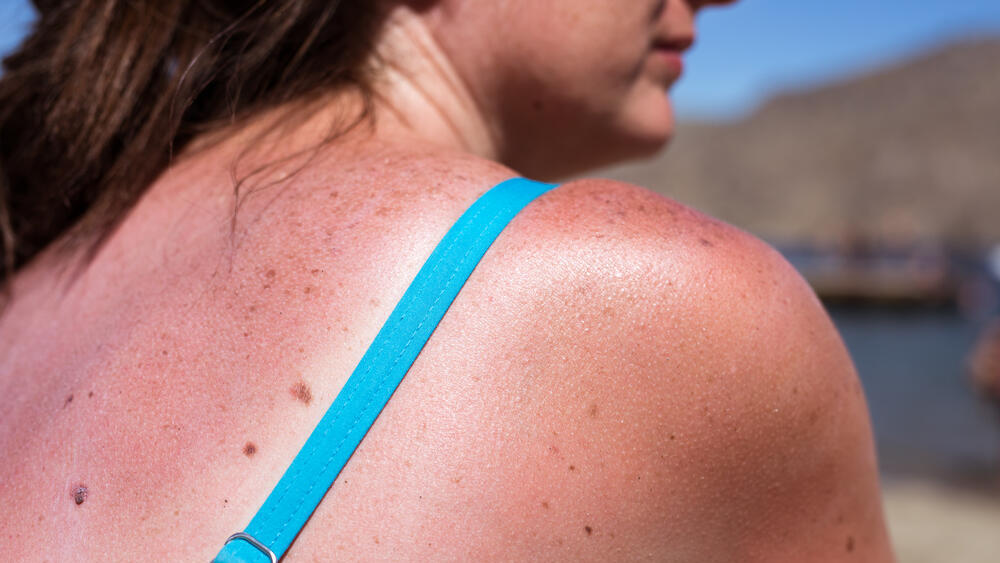Getting your Trinity Audio player ready...
We know how this sounds, but do yourself a favor and keep reading: Only several hours after you've been exposed to the sun, your skin will start to change colors, and with it will come all the other side effects of sunburn, including pain and discomfort.
More stories:
Why does this happen? If only our skin were to change color immediately upon excess exposure, we might be able to reduce our time in the sun and protect ourselves from the unpleasant side effects.
A new study conducted in collaboration with researchers from Tel Aviv University, Wolfson Medical Center, Weizmann Institute of Science, University of California and University of Paris-Saclay, led by Prof. Carmit Levy and doctoral candidate Nadav Elkoshi from the Department of Molecular Genetics and Biochemistry at the Faculty of Medicine at Tel Aviv University, reveals the reason for this counter-intuitive phenomenon.
"We were able to discover why the tanning phenomenon does not occur immediately when the body is exposed to the sun, but rather after a certain delay. It turns out that the DNA repair mechanism takes precedence over all other systems in the cell and temporarily suppresses the pigmentation mechanism"
Elkoshi explains that "we have two mechanisms designed to protect the skin from harmful UV radiation. The first mechanism repairs the DNA in the skin cells that were affected by the radiation. The second mechanism is an enhanced production of melanin, which darkens the skin with the purpose of protecting it from future exposure to radiation – and that's essentially the tan.
"In our research, we were able to discover why the tanning phenomenon does not occur immediately when the body is exposed to the sun, but rather after a certain delay. It turns out that the DNA repair mechanism takes precedence over all other systems in the cell and temporarily suppresses the pigmentation mechanism. Only after the cells have repaired the genetic information to the best of their ability, do they start producing melanin in an enhanced manner."
Prof. Levy added that "the most important thing is to protect the genetic information from mutations, which is why the DNA repair mechanism takes priority within the cell during exposure to radiation from the sun. In our previous research, we showed that a protein called MITF, which is active during exposure, is the regulator of the two protective mechanisms of the skin.
Here, we demonstrate that a protein called ATM, which plays a key role in DNA repair, activates the repair mechanism and temporarily suppresses the pigmentation mechanism – in order to maximize the cell's chances of surviving without mutations after exposure to radiation. Our theory is that one system silences the other system until the repair reaches its peak, which happens a few hours after exposure to radiation, and only then does the pigment production mechanism come into action."




